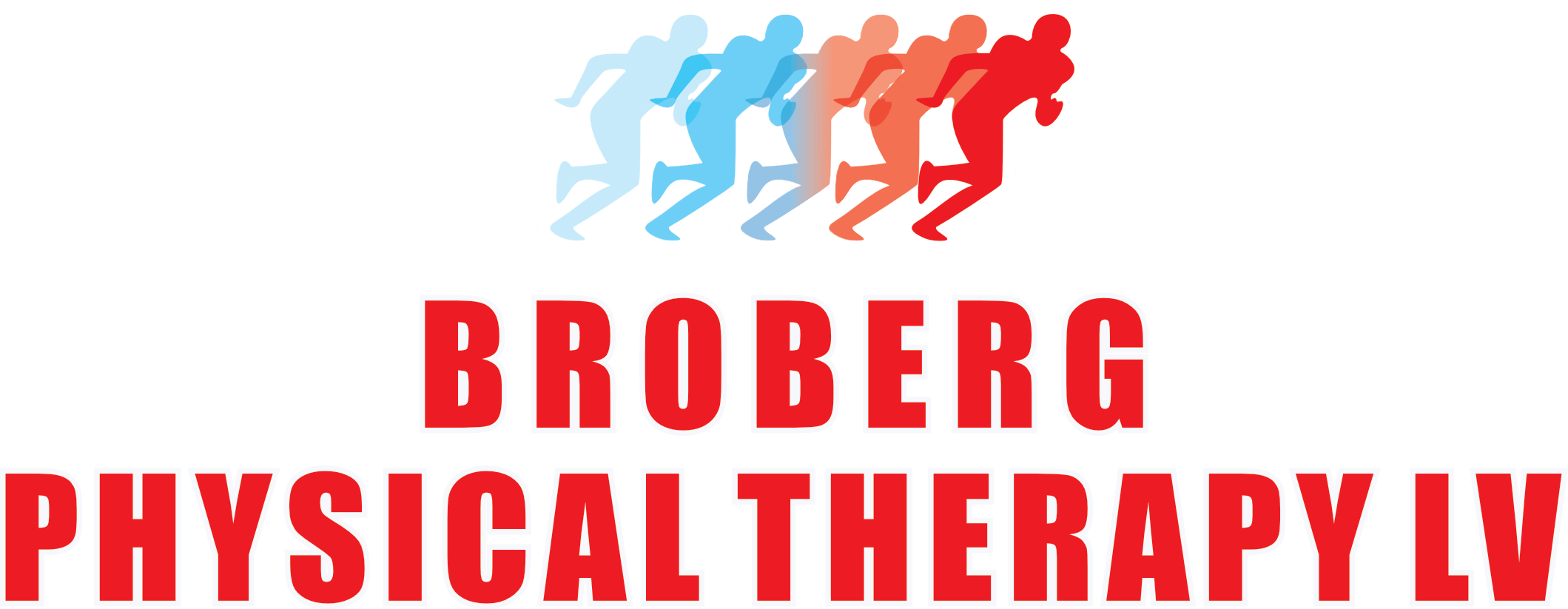A physical therapist can provide valuable education to their patients to empower them in their rehabilitation process and promote long-term health and wellness. Here are some key elements of good education for a physical therapist to share with a patient:
Condition Understanding:
Explain the patient’s specific condition or injury in simple terms.
Discuss the cause, symptoms, and expected recovery process.
Treatment Plan:
Outline the recommended treatment plan, including exercises, modalities, and other interventions.
Set realistic goals for rehabilitation and recovery.
Body Mechanics and Posture:
Educate on proper body mechanics and posture to prevent further injury.
Provide guidance on ergonomics, especially if the injury is related to work or daily activities.
Home Exercise Program:
Demonstrate and provide written instructions for exercises that can be done at home.
Emphasize the importance of consistency in performing prescribed exercises.
Pain Management:
Teach pain management techniques, such as proper use of ice or heat, as well as relaxation and breathing exercises.
Discuss medication management, if applicable, and potential side effects.
Lifestyle Modification:
Discuss lifestyle factors that may impact recovery, such as diet, sleep, and stress management.
Encourage the adoption of a healthy lifestyle to support overall well-being.
Prevention Strategies:
Educate on strategies to prevent future injuries or recurrence of the current condition.
Provide guidance on warm-up and cool-down exercises for physical activities.
Communication and Feedback:
Establish open communication channels, encouraging patients to share any concerns or changes in their condition.
Provide feedback on progress and adjust the treatment plan accordingly.
Patient Empowerment:
Empower patients to take an active role in their recovery.
Encourage questions and involve them in decision-making regarding their treatment.
Community Resources:
Inform patients about community resources, support groups, or educational materials related to their condition.
Provide information on how they can continue their rehabilitation after formal therapy ends.
Understanding Red Flags:
Educate patients on signs that may indicate a need for immediate medical attention.
Ensure they know when to contact their healthcare provider.
Emotional and Psychological Support:
Acknowledge the emotional aspects of injury or chronic conditions.
Provide resources for mental health support if needed.
By providing comprehensive education, physical therapists can contribute significantly to their patients’ overall well-being and promote a successful rehabilitation process.

